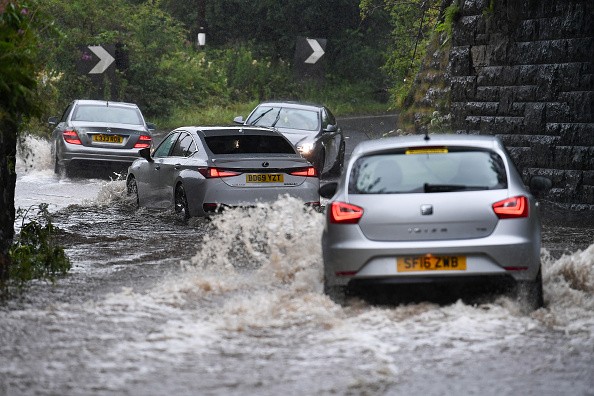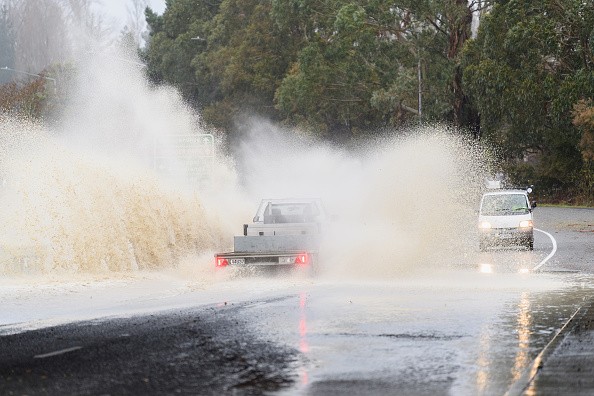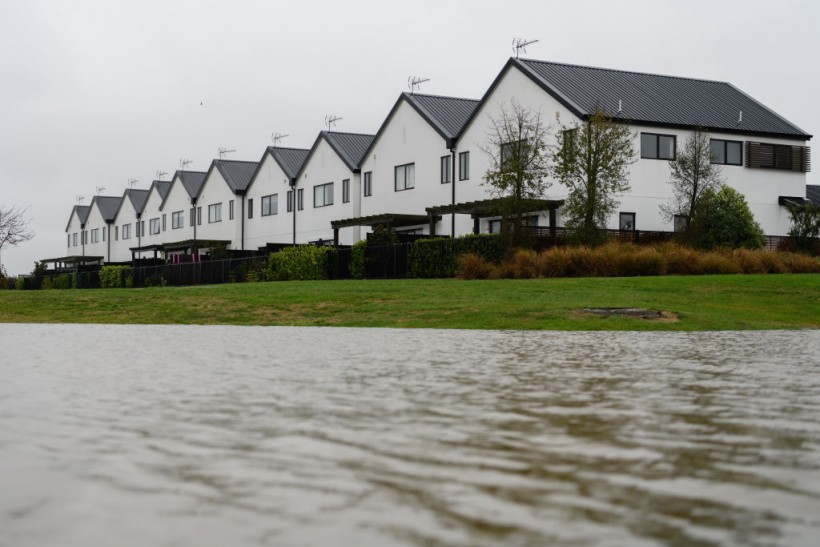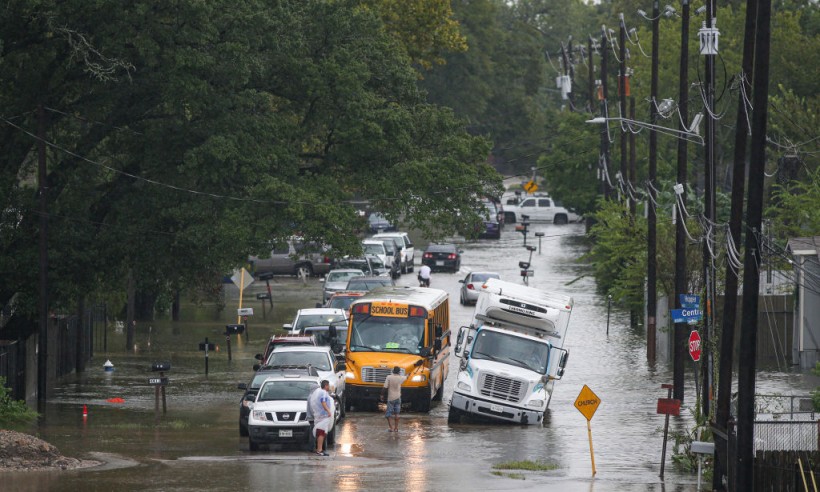On Monday, many flash flood warnings were issued over southeast Louisiana. The parishes of northern Jefferson, southern Orleans, and northeastern St. Charles are under a Flash Flood Warning until 6:45 p.m.

Flash Flood in Louisiana

According to the NWS, 1-3" of rain has occurred, with another 1-3" possible in the warning areas. Flooding might occur in small creeks and streams, metropolitan areas, roads, streets, and underpasses.
New Orleans, Metairie, Avondale, Marrero, Harvey, Timberlane, Belle Chasse, Chalmette, Jefferson, Gretna, Harahan, Westwego, Elmwood, River Ridge, Bridge City, Waggaman, Ama, St. Rose, Woodmere, and Terrytown are among the areas that have been damaged.
Several roadways in the New Orleans region were swamped with water, according to Streetwise. So before leaving, make sure to check the weather forecast.
Until further notice, neutral ground parking is permitted in New Orleans. Do not obstruct junctions, streetcar tracks, or sidewalks/bike routes, according to city officials.
Southeastern St. Tammany Parish, encompassing Slidell, Pearl River, and Lacombe, is under a Flash Flood Warning until 7 p.m.
In Mississippi, a Flash Flood Warning is in force for central Hancock County and Northwestern Harrison County. Diamondhead, Kiln, Stennis Space Center, and Pearlington are all affected.
Related Article: Texas and Louisiana May Experience Flooding if Rainfall Reaches Up to 2Ft
Flooding in the US

Floods are the most prevalent natural catastrophe in the United States, and they happen all year. Because the warmer temperatures and rainfall quickly melt winter snow, certain regions of the nation face increased flooding in the spring. During the summer, states hit by hurricanes and tropical storms are prone to flooding.
Flood Warnings and Flood Watch
Regardless of an area's elevation or typical rainfall levels, heavy rainfall at any time of year can oversaturate the land and create floods. In a nutshell, every place that gets precipitation has the potential to flood, resulting in document destruction.
When flooding is expected, the National Weather Service in the United States issues a flood warning or flood watch. Knowing the difference can help you identify what flood damage preparedness actions to take and whether or not you'll require document recovery services.
Flood Forecasting
The work of flood forecasting is inextricably related to the duty of issuing a flood warning. The difference between the two is that flood forecasting produces a set of forecast time-profiles of channel flows or river levels at various locations, whereas "flood warning" is the task of deciding whether flood warnings should be issued to the general public or whether previous warnings should be rescinded or retracted based on these forecasts.
Flood Warning

When flash flooding is imminent or occurring, a Flash Flood Warning is issued. When circumstances are conducive to flooding, a Flood Watch is issued. It's not a guarantee that flooding will occur, but it's a possibility. When flooding is imminent or already happening, a Flood Warning is issued.
Also Read: Storm Anxiety: How to Handle Extreme Weather Phobias During Hurricane Season
For more climate and weather updates, don't forget to follow Nature World News!
© 2024 NatureWorldNews.com All rights reserved. Do not reproduce without permission.





